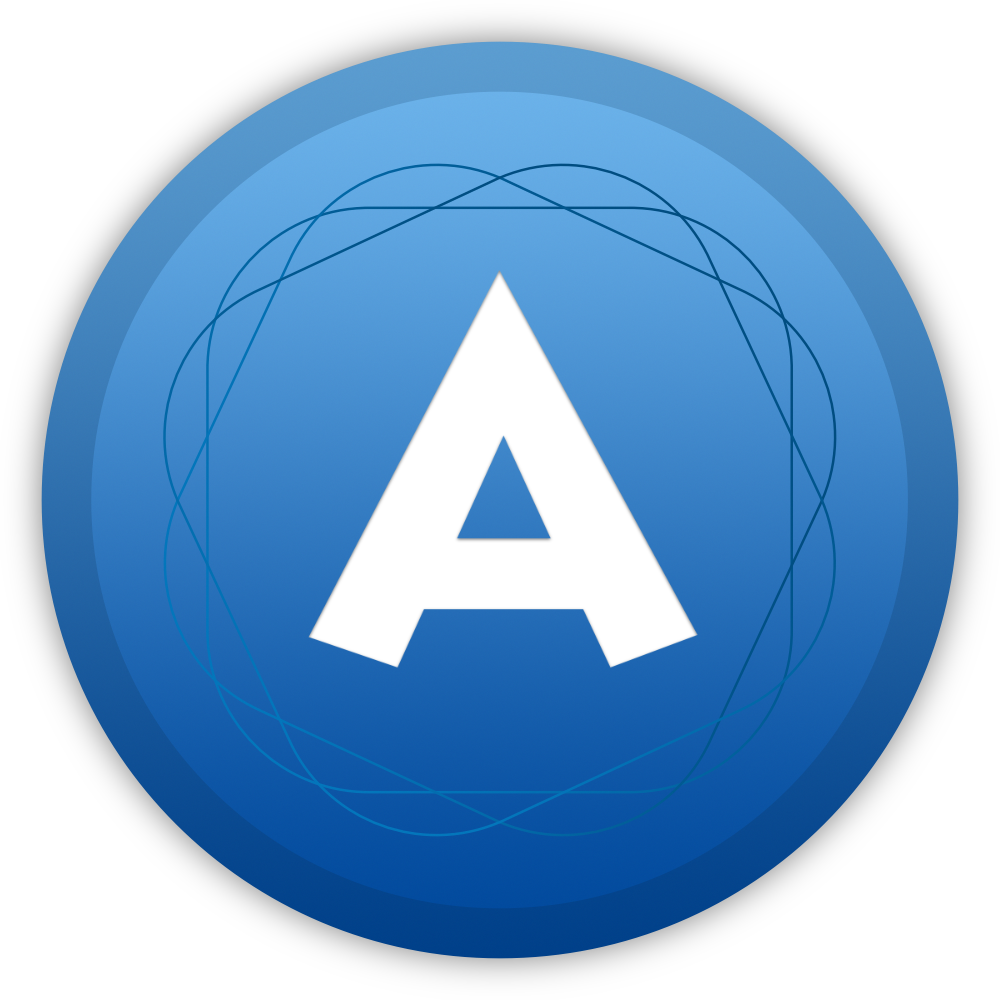Dashboard is a great utility built-in to OS X that gives you a place to run and display "widgets". A widget is a mini application that does one specific thing... present information to you in an easy-to-read format. For example, some of the widgets that I use show me the weather, the time, status of packages, stock market info, etc. To activate Dashboard, press F12 on your keyboard, or use a 4-finger swipe from left to right on your trackpad. Below is a sample Dashboard configuration:
Apple has provided us with a small set of default widgets to add to your Dashboard. Adding more widgets to your Dashboard will make Dashboard your own (tailored to your needs). To add a built-in widget, click on the [+] located in the lower left-hand corner of the screen. As you can imagine, removing an unwanted widget would necessitate a click of the [-] button.
In addition to the built-in widgets, Apple also provides other ways to add custom widgets.
One way to add a custom widget is by browsing the Apple Dashboard directory. There are thousands of widgets created by third-party developers available here from calculators to webcam viewers, games and more. These widgets are free for the taking.
Another way to add a custom widget to your Dashboard is by making your own. Safari has a built-in widget creation utility that makes doing this very easy. Here's how it works:
First, we need to add a button to our Safari toolbar. This button will allow us to capture part of a web page and turn it into a widget. To add this button, go to View > Customize Toolbar... Look for the button that resembles a pair of scissors with the label "Open in Dashboard" below it. Drag that button to your toolbar above to add it, then click "Done".
Now that you have the "Open in Dashboard" button installed, visit your favorite web page. Click the "Open in Dashboard" button, and you will be presented with a cross-hair. Simply drag and drop a square around the area of the page that you want to turn into a widget, then click "Add" in the top right corner. This will add your selection to Dashboard as a widget. Now, you can position your new widget on your Dashboard however you like. You can even click on the information button (the small "i") in the lower right corner to change the border around your new widget.
Below is a video showing you how to add a custom widget:
Now for the magic sauce that makes doing this really cool (and useful).
Every time you activate Dashboard, your widget will refresh your widget automatically by going to e source website. This helps to keep your widget current. The widget I created in my example is from a web page that Apple maintains. This page shows the current status of their online services. Each time I activate Dashboard, it will give me the latest information.





